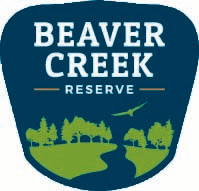By: Claire Anderson, University of Wisconsin-Eau Claire Writing Intern
At this event, kids were able to explore multiple different craft stations at their own pace where each station was stocked with recycled and reused materials.
The first craft was ornamental corn cobs that were decorated with construction paper, hole punched leaves, and lentils.The second craft was jingle bells made out of egg cartons. Kids were very creative at this station and added pipe cleaners so that their jingle bells could hang on their Christmas trees.
Christmas tree pinecones were the fourth craft, and although there were lots of messy green hands, the trees looked beautiful with sequins, sparkles, and pompoms!
The fifth craft was paper cup owls where they used real feathers making the owls look very realistic. They also added eyes, legs, and beaks!When the kids were finished with their crafts or needed to take a break so their creations could dry, they enjoyed hot chocolate and popcorn while listening to holiday books at storytime. This was a relaxing and fun way to get into the holiday spirit!
The event was a huge success and everyone was able to bring home new holiday crafts to decorate. If you missed this event but are interested in attending another crafting program check out our events calendar for more information.






.png)
